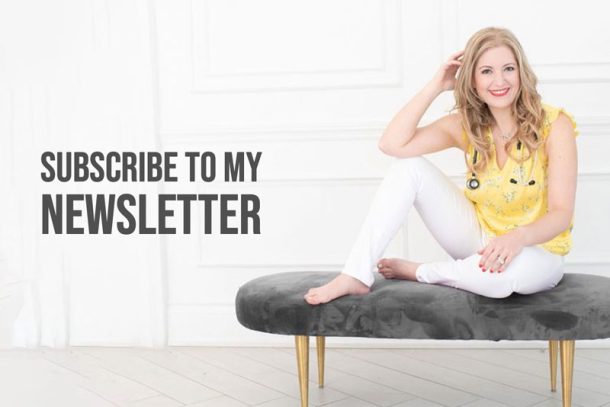Ideal Bedroom for Sleep? Here’s What To Look For..
Maybe you’re expecting a new baby and have just started to think about decorating the nursery.
Or maybe your toddler is ready to graduate to a big kid’s bed and you’re updating the room décor to make it more “grown-up”. Or maybe you’re just in the mood for a DIY project on your child’s room.
Whatever the case may be, keep these simple tips in mind when creating the ideal bedroom for your child.
The Ideal Bedroom Includes Safety First!
It’s always important to make sure that your child’s bedroom is safe. Make sure the bed or crib is in good condition and assembled properly. If your child is under the age of one, avoid the use of non-breathable bumper pads, blankets and pillows, as they can be a suffocation risk. Make sure the mattress fits the bed or crib properly and there are no gaps between the mattress and the rails. The mattress should be firm and the sheet should fit snugly.
Keep the Room as Dark as Possible
When I say dark, I mean can’t-see-your-hand-in-front-of-your-face dark. When the brain detects darkness it releases a hormone called melatonin, which is like our bodies natural sleeping pill. When the body produces melatonin, it helps your child get nice and drowsy and ready for sleep. If you have an extra sensitive child, even the tiniest bit of light can upset melatonin production and make it difficult to fall asleep and stay asleep. Invest in some room darkening shades to keep out that evening and early morning light so that your child can get the sleep they need. If your little rooster rises with the sun, these blackout curtains will help them sleep a little longer.
Cool and Comfortable
Your child’s bedroom should be a cool, comfortable temperature, around 20 degrees Celsius. To keep your child warm, sleep sacks are a great alternative to blankets for those babies under the age of 1. I love sleep sacks because not only are they safe, but they also help prevent children from climbing out of their cribs. Putting your child in their sleep sack can also become part of their bedtime routine, signalling to them that it’s time to sleep.
Remove all Toys
When your child is supposed to be sleeping, the last thing you want them to be doing is playing. Remove all distractions from the crib so that they can concentrate on sleeping. If your child is under the age of 1, some toys may be a SIDS risk, so it’s best to keep toys in the toy box.
To Your Good Health!
![]()










